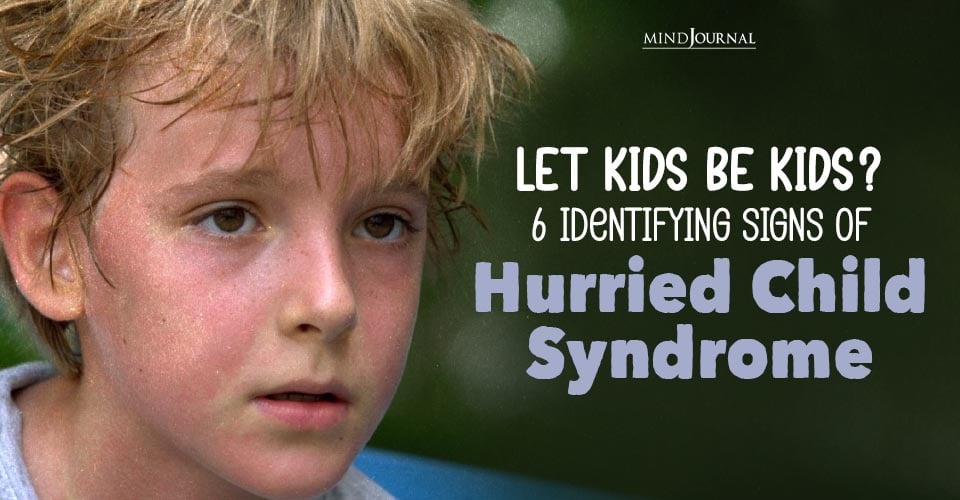One out of every 15 kids in the United States has asthma. Unfortunately, it is considered one of the most prevalent chronic illnesses that have caused multiple deaths in children in the country today. Childhood asthma is also the primary reason for many illness-related school absences, lower academic achievement, unsatisfactory attendance in school activities, and poor relations with friends.
There is no difference between how adults and children experience asthma. Still, children encounter unique difficulties because they are more prone to emergency room visits and hospitalizations, especially during severe attacks. Therefore, it is good that through continuous research and study, the development of innovative devices plus telemedicine has made it easier for children and their parents to cope with asthma and adapt to a better holistic treatment plan.
An example of innovation that helps in dealing with asthma is a wheeze detection gadget that accurately discerns wheezing in children. Wheezing is often characterized by a high-pitched whistling sound, usually when a child breathes out. However, it can sometimes be hard to hear, so a doctor may need to listen with a stethoscope. The sound of wheezing may also come across as a musical instrument or a squeaky toy, which signals the onset of an asthma attack, especially for children under five years old. Parents, however, often feel uncertain whether the wheezing they hear is indeed asthma or not. The uncertainty is due to three reasons:
- The wheezes do not sound the same.
- Children may be too young to verbalize what they are experiencing.
- A pending asthma attack often causes anxiety and distress in parents and the children, resulting in inaccurate treatment.
This wheeze gadget is relatively easy to use. Parents and caregivers only need to hold it below a child’s right collarbone for 30 seconds and then wait for it to identify whether it is classified as a “wheeze” or not. In addition, the scanning device has a sleek design and is light and portable to carry around. Thus, it reduces anxiety during times when a child is having difficulty breathing.
The device was designed with advanced listening technology that quickly identifies a child’s wheezing that adults cannot readily hear. For example, a diaphragm enables low-volume wheeze sounds to be heard. In addition, it is easy for the device to gauge and determine a clear “wheeze” or “no wheeze” reading through a microphone, a noise-canceling system, and a specialized computer.
An app for mobile devices works with the gadget, and it successfully tracks episodes of wheezing, helping parents be more informed on potential triggers and responses to medication. The information also provides doctors with specifics on how often the breathing difficulties happen, which helps develop a more tailor-made treatment plan for the child.
Meanwhile, a health company in Australia developed another wheeze detection system. This system is smartphone-based and allows for the remote detection of wheezing, which provides physicians with necessary breathing information even when the patients are away from their clinics.
It comprises a breath sensor (medical device), a mobile app (with a patient user interface) that records and tracks wheezes, and a health portal that allows remote patient monitoring. The system works by recording each breath and providing a rate for wheezes detected. The first step is to place the breath sensor on the windpipe. The child is then asked to breathe evenly for 30 to 60 seconds. Next, the device is connected via Bluetooth and runs a wheeze detection algorithm to determine the rate. The breathing history can be viewed through the health portal, and physicians can review and playback the recordings.
As an added feature, the mobile app allows patients to log and track symptoms and triggers. The recordings are stored with environmental information, such as pollen counts and air toxins, while breathing is recorded. A licensed physician oversees all these readings to understand and determine how to manage asthma better through remote patient monitoring (RPM).
Remote patient monitoring as a method of delivering healthcare outside clinic hours uses computers and other devices. It is just one aspect of telemedicine or telehealth. Aside from remote patient monitoring, telemedicine also uses video, store-and-forward, mobile health, and remote patient monitoring.
The Carolina Asthma and Allergy Center is one facility that offers telemedicine services to its established patients. Based in Charlotte, North Carolina, the center provides patient-focused care with the latest technology medicine has to offer. Indeed, children with asthma benefit significantly from all these innovations and distinctive ways of delivering healthcare.
As one physician, Dr. Andrew Liu, director of the Airway Inflammation, Resilience & the Environment (AIRE) Program, co-director of the Asthma Clinical Research Center, and member of The Breathing Institute in the Section of Pediatric Pulmonary and Sleep Medicine at Children’s Hospital Colorado, puts it, “digital health interventions are most effective when they provide patients feedback and link back to healthcare providers. With digital health and remote patient monitoring, asthma can be managed, and there is hope for a better future.”









Leave a Reply